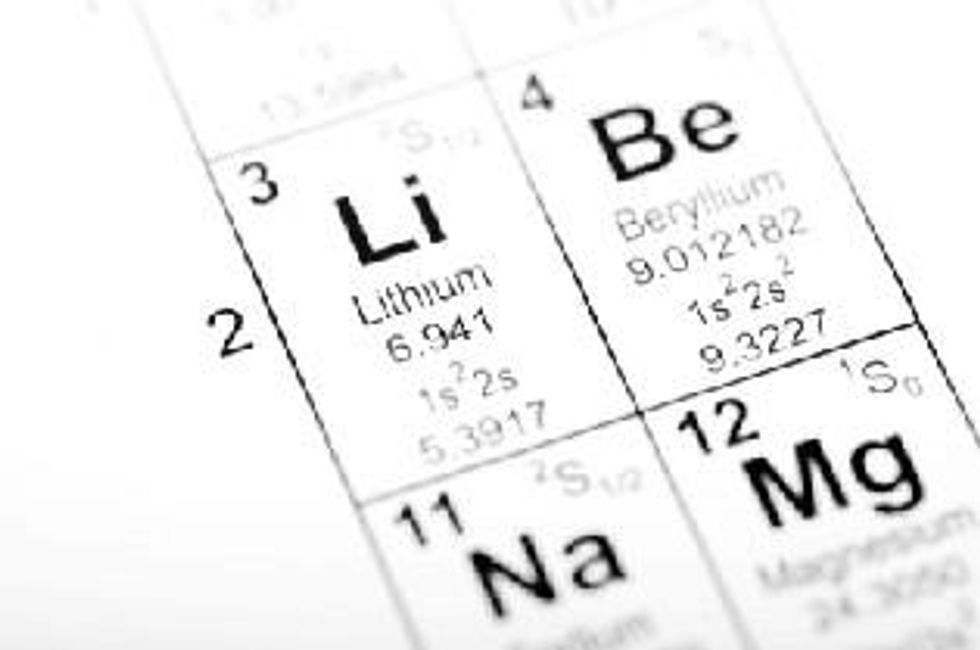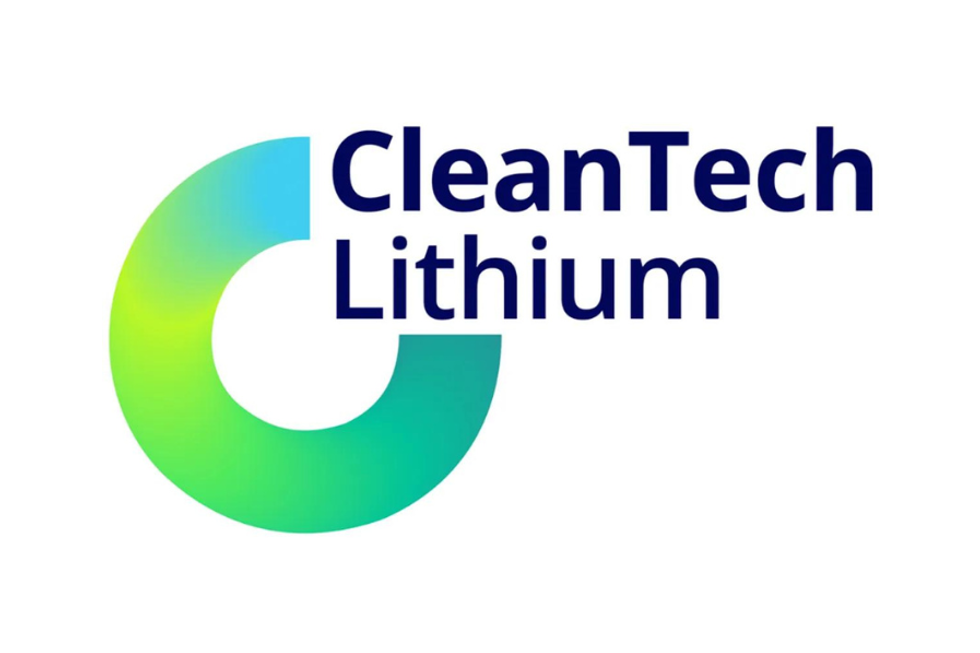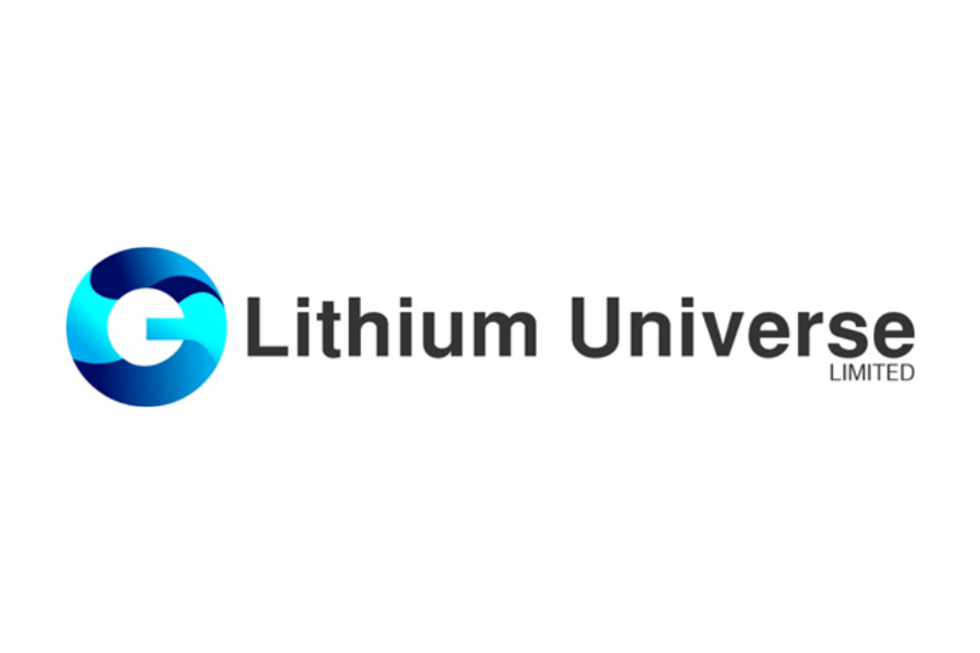Strategic initiatives by governments to stockpile “technology metals” or impose policies to limit export quotas on materials which are labeled “rare” indicate the classification of resources is worth considering for investors and industry stakeholders, since it will obviously have broader impacts on global supply and demand dynamics.
Given its physical properties — lightweight, heat-resistant silver-white alkali metal — lithium has become best known over the past few years as a source of power for use in batteries and electronics products such as laptop computers, mobile phones, personal audio players and high-end rechargeable power tools. However, lithium has had a track record ofsignificant historical contribution for broader applications. The future potential of lithium within other markets continues to expand rapidly, and this provides some debate as to how the metal should be classified.
Last month, Mickey Fulp offered specific commentary on the matter in an interview with The Critical Metals Report, “In my opinion, ‘critical metals’ are the ones that are a necessity for the world to function – elements like iron, copper, aluminum and nickel. I would prefer to call all the others what they have been called for many years: minor metals or specialty metals. They would include lithium, beryllium, zirconium, niobium, tantalum, indium and the rare earth elements.”
The case for industry
Since 1930, London-based consultant group Roskill has been a provider of international metals and minerals research and considers lithium an industrial metal. The case can certainly be made with broad applications from the production of optical glass, ceramics, and pharmaceuticals to aluminum alloys for aerospace engineering; lithium is an essential part of the manufacturing equation. Lithium compounds can be used as industrial lubricants, desiccants, chemical bases, air conditioning components and rocket propellants.
A growing case for technology
Demand stemming primarily from both primary disposable and secondary rechargeable batteries accounts for approximately 20-25 percent of current overall demand; however, with demand in conventional applications estimated to be growing at only 7 percent the majority of growth is expected with the large scale electrification of vehicles. Quantifying terminal growth rate for a dynamic industry which is still in its infancy stages remains extremely difficult and involves unknown variables. These assumptions include estimating the annual production of new vehicles over time, the percentage of these vehicles that will be battery powered and the quantity of these that will have lithium-ion batteries. A secondary issue is which of the many lithium chemistries will be adopted and whether these electric vehicles will be gasoline hybrids, purely electric or plug-in hybrids each with varying lithium requirements based on the size and nature of the battery.
Alternative perspective
In an exclusive interview with Lithium Investing News, Thomas Krause, Head of Marketing and Communications at Chemetall, the top lithium producing business unit of Rockwood Holdings Inc. (NYSE:ROC), suggested an interesting compromise. Mr. Krause offered, “The question is not so much about classification of the lithium as industrial metal or technology metal but rather about classification of ‘lithium compounds’.”
In general, alkali metals share unique characteristics and physical properties of being malleable, soft and ductile, with a relatively strong capacity for heat and electricity conduction. Mr. Krause explained, “Lithium salts and lithium downstream products had already (experienced) in the past a very broad variety of applications, and glass and ceramics are just two examples out of it. In most of the applications performance and quality was and still is the main driver for the usage. This aspect is getting even more important with the demand growth potential for battery applications. Lithium compounds are definitely considered to be technology compounds. Besides the availability of lithium, the technology… and performance of the products is of much more importance.”
Investment implications
With Asian countries like China and South Korea pursuing strategic initiatives to stockpile “technology metals” or impose policies of limiting export quotas on materials which are labeled “rare” the significance is worth considering. Earlier this month the government announced that South Korean companies are now able to directly develop or invest in overseas mines for lithium and indium. This comes as a revision to a law on the overseas resources development project naming lithium as one of the ‘strategic resources’ for overseas development, a move that allows enterprises to create new development funds that are subject to various tax breaks and other incentives, including overseas investment insurance.
Changes to a free market system which inhibit the transfer of resources to manufacturers will have an immediate inflationary impact on the price of the commodity. In the specific case of lithium, its various applications and potential for commodity substitution in some cases may provide a degree of elasticity. Depending on profit margins and financing considerations, retail consumers will inevitably pay an additional cost as the demand for resources in a constrained world inflates costs throughout the supply chain.
Last year, the South Korean government already demonstrated an increased appetite and interest in stockpiling lithium; observers will certainly be interested in how this will affect international supply and demand dynamics for the metal. South Korea is one of the largest consumers of lithium, last year importing 7,988 tonnes of the metal worth over $40 million.
Disclosure: I, Dave Brown, hold no direct investment interest in any company mentioned in this article.






